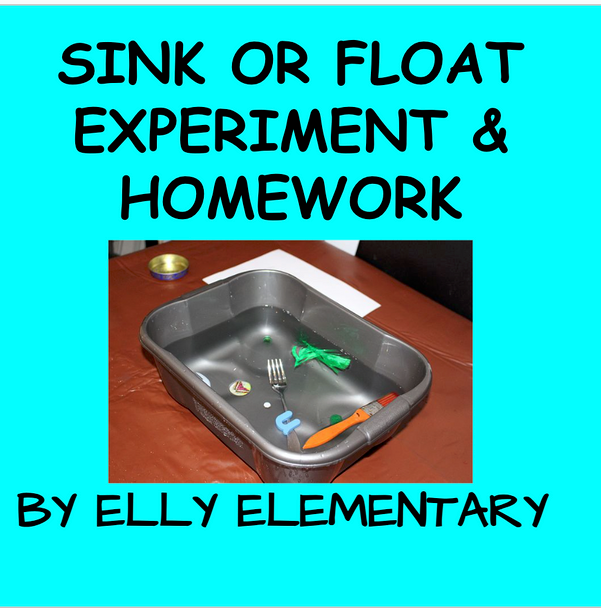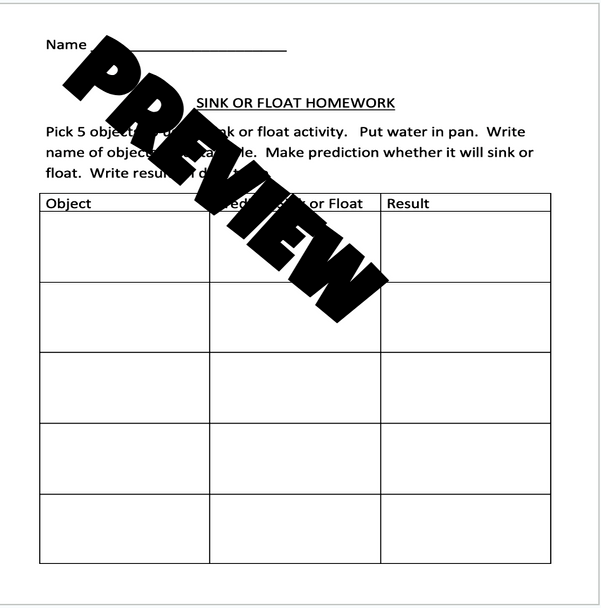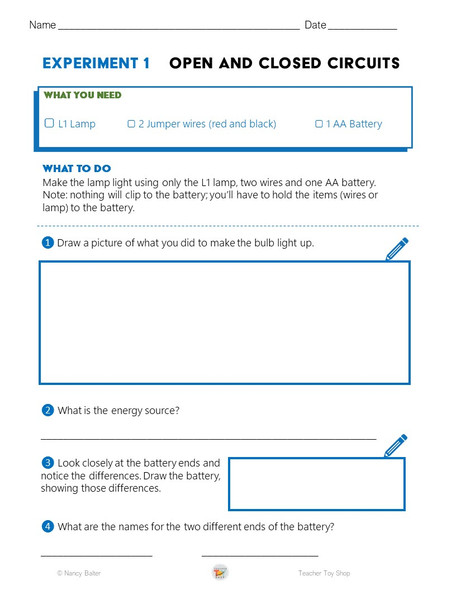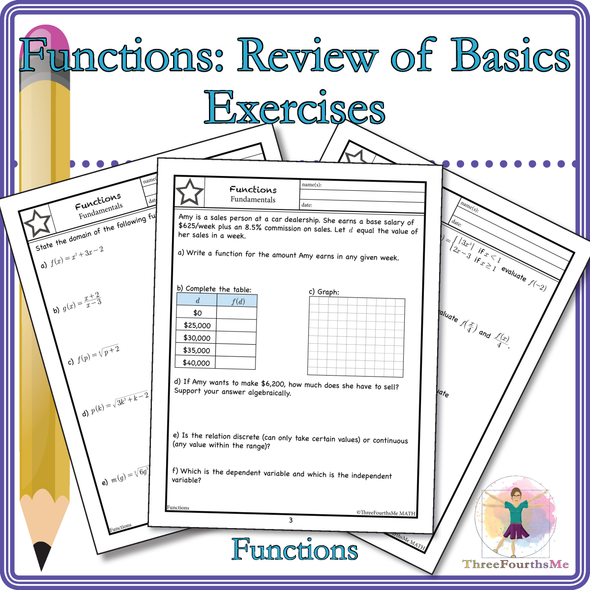Description
Conducting sink and float experiments with children is a fun and educational activity that introduces basic concepts of buoyancy and density. It helps children understand why some objects sink in water while others float. Here is a short description of how to conduct such an experiment with children:
- Gather materials: Collect a variety of objects of different shapes and sizes, such as small toys, coins, buttons, plastic bottles, rubber balls, and wooden blocks. You'll also need a large container filled with water, like a basin or a tub.
- Set the stage: Place the container of water on a flat and stable surface. Make sure it's at a comfortable height for the children to reach and observe.
- Introduce the concept: Begin by explaining the concept of buoyancy and how it relates to sinking and floating. You can mention that objects that are denser than water sink, while objects that are less dense float.
- Predict and observe: Encourage the children to make predictions about whether each object will sink or float before testing them. Ask them to think about the properties of the objects, such as their size, shape, and material, that might affect their buoyancy.
- Test the objects: One by one, let the children choose an object and gently place it in the water, observing whether it sinks or floats. Allow them to handle the objects and experiment on their own, guiding them when necessary.
- Discuss the results: After each object is tested, discuss the outcomes with the children. Ask them to explain why they think certain objects sank or floated based on their observations. Emphasize the concepts of density and buoyancy, reinforcing their understanding.
- Explore further: Encourage the children to experiment with different variables, such as altering the shape or material of an object, to see if it affects its buoyancy. This helps them discover how various factors can influence whether an object sinks or floats.
- Reflect and conclude: Wrap up the activity by summarizing the key points and discussing any surprising findings. Ask the children to reflect on what they learned about buoyancy and how it applies to everyday objects.
Remember to ensure adult supervision during the experiment and to promote a safe and engaging learning environment.
THIS RESOURCE INCLUDES DIRECTIONS, ACTIVITY RECORDING SHEET, HOMEWORK RECORDING SHEET AND CONCLUSION WRITING.

















